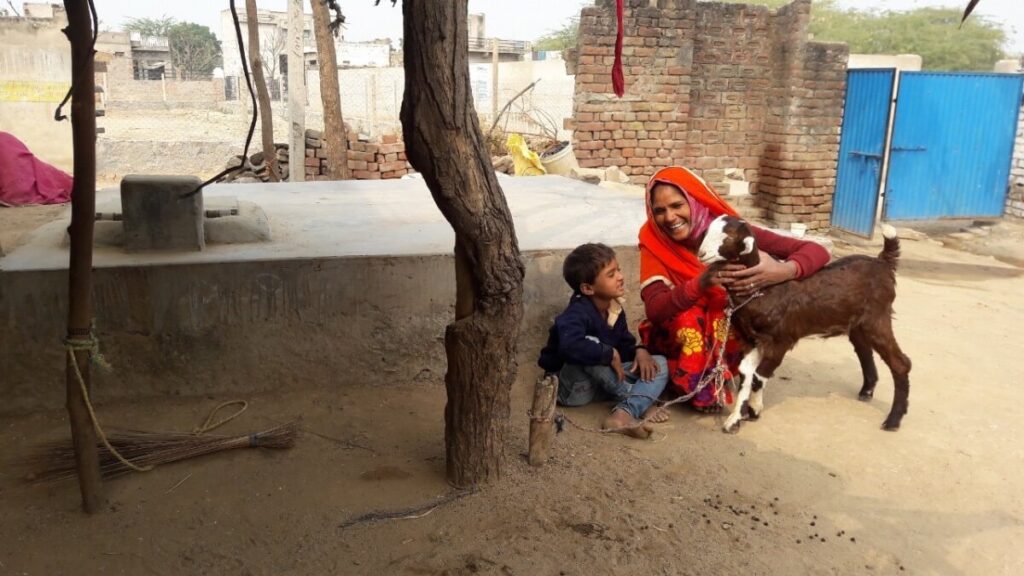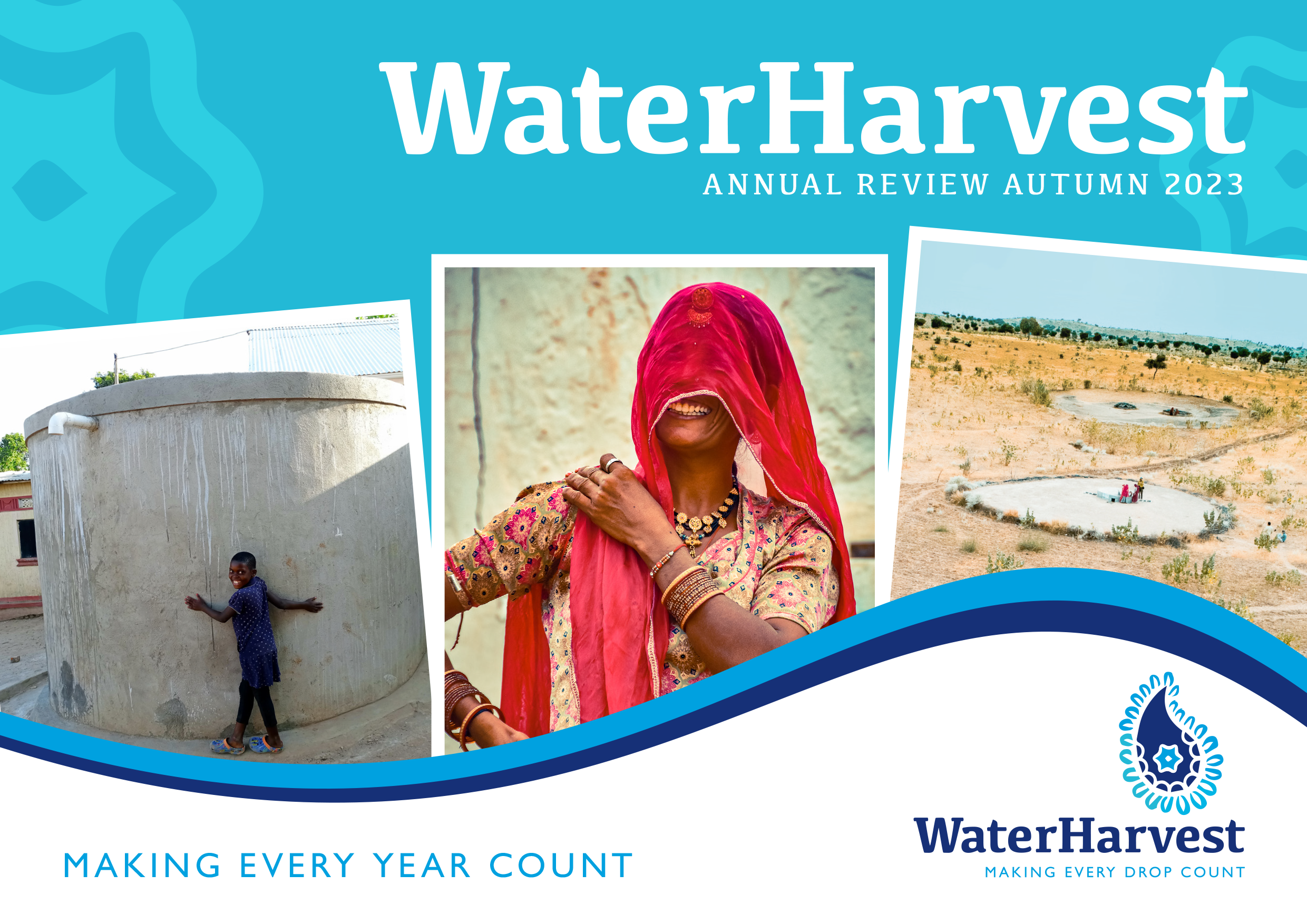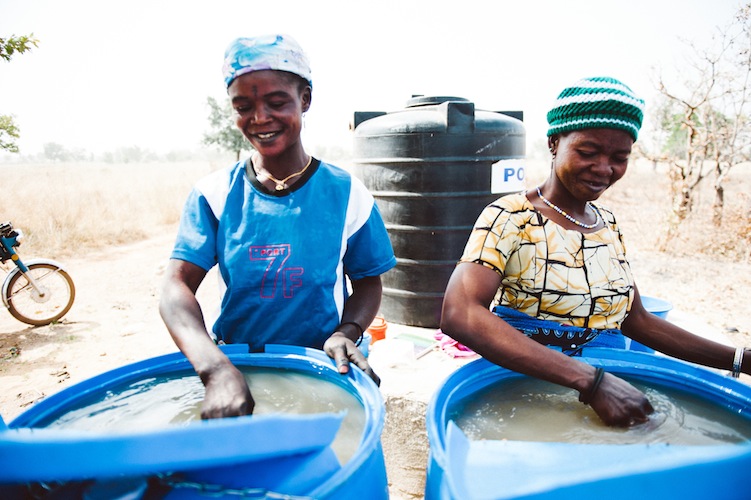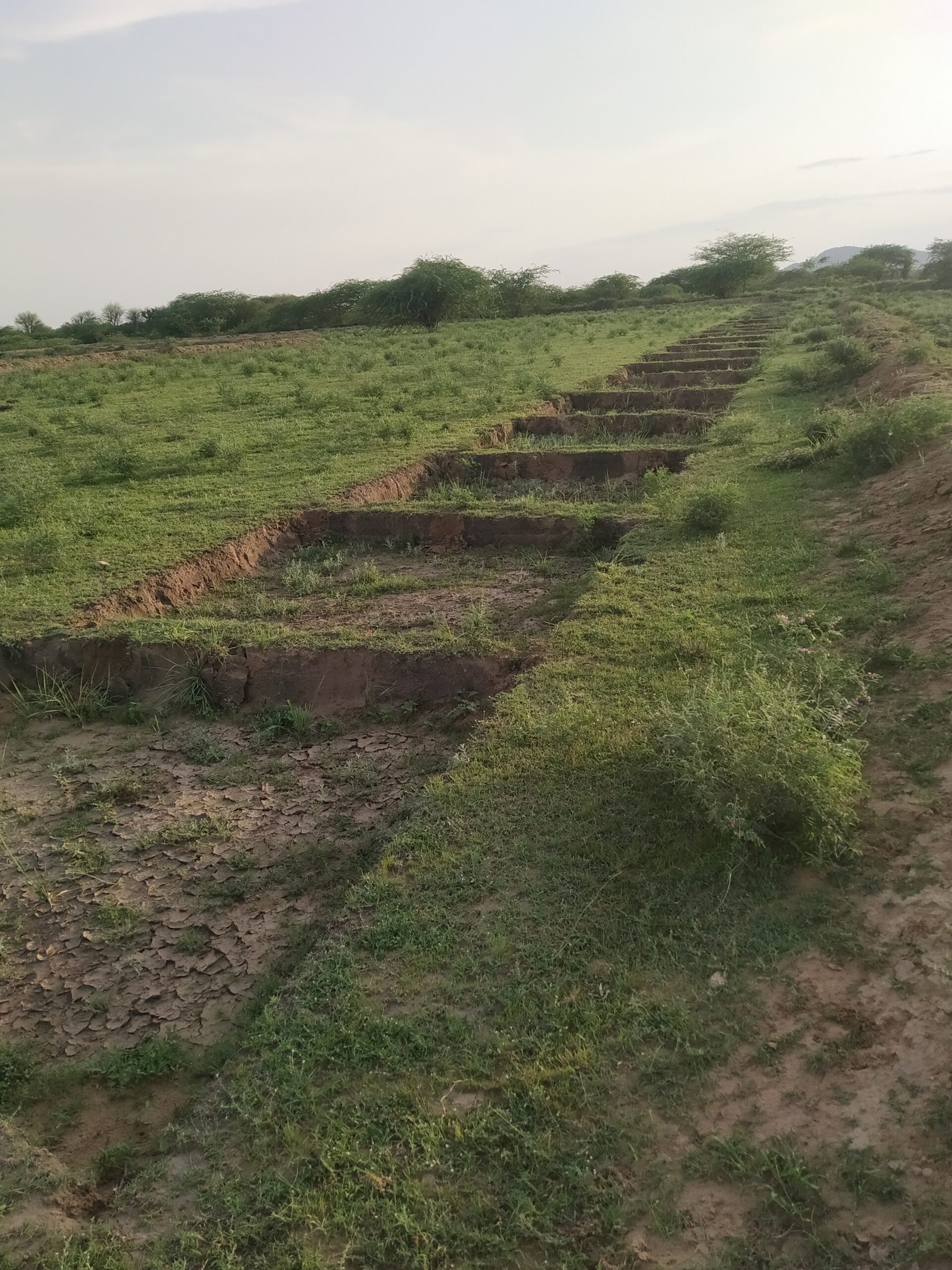Many people ask us why, at WaterHarvest, we harvest rainwater and why we don’t dig wells, sink boreholes or invest in piped water. The answer is that we believe that small scale rainwater harvesting structures are the best solution for families in the remote, arid and semi-arid areas that we work in. The reasons behind this can be broken down into four main areas: environmental sustainability, the benefits of small scale solutions, water quality and the maintenance involved.
Small scale solutions
Small scale, rather than large scale, structures are often a better solution for the communities we work with. By small scale, we mean building one water harvesting structure per household. Large, infrastructure projects typically rely on government for funding, implementation and regulation. The communities we work with are in very remote locations and, therefore, unlikely to be the focus of any government infrastructure plans. Conversely, a rainwater harvesting structure belongs to the family giving the family has greater control over the supply and quality of its drinking water. For example, the family can improve the quality of the water by cleaning the inside of the tank and the roof. They can also ensure they use the water carefully so it lasts until the next rainy season.

Environmentally sustainable
WaterHarvest only works in arid and semi-arid areas. These areas typically have low levels of ground water. With boreholes, the water is being pumped out of the aquifers that make up the ground water. In the Thar Desert, it can take millions of years for rain to filter through to reach the deep aquifers and replenish the ground water. When water is pumped out faster than it is replenished, the aquifers soon become dry and the borehole or well can no longer supply water. Once this acquifer is depleted, the borehole then has to be deepened at considerable cost.


We have observed this many times in our work. For example, in one of the wells in the Sambhar Salt lake region, the water was just 40 meters below the ground in 1990. However, now 34 years later, it is about 175m below ground level. Much of this is due to water being pumped out faster than it is being replenished but some is also due to changing rainfall patterns as a result of climate change.
Scientists fear that climate change is making rain fall more sporadic but also more intense. Intense rain is less effective at replenishing ground water. According to the UN, a third of the world’s biggest groundwater systems are already in distress. Further, over two billion people live in countries experiencing high water stress and by 2040 one in four of the world children will be living in area of extremely high water stress. Structures which catch and store the rain (i.e harvest the rainwater), and do not extract ground water, are therefore a more sustainable solution.
A better quality of water
The ground water in many of the areas that we work in often has high levels of salinity and fluoride. Removing fluoride and salt from water is a complicated process and not something that can be done cheaply in the remote places where we work. In contrast, rainwater is usually contaminant free. However, once the rain hits the roof and flows through the gutters and into the underground tank, there is potential for contamination. Therefore, our structures include a manual lever on the downpipe which enables families to direct the first rains (which are ‘cleaning’ the roof) to a separate container and then, once the roof is clean, directs the rainwater into the underground tank. Clearly this doesn’t remove all the potential contaminants, so our programmes also provide families with filters for use in the home to further improve the quality of the drinking water.

Low maintenance
As well as being more environmentally sustainable, being small scale and providing better quality water, the rainwater harvesting structures in our programmes require less maintenance compared with larger structures such as boreholes. They are built using locally available skills and materials. As a result, they can be fixed locally, relatively inexpensively and quickly. One of the widely recognised issues with boreholes is the maintenance of the pump. Over time, pumps need maintenance and new parts. Getting specialists to fix broken pumps – and bring in spare parts- can be difficult. As a result, boreholes are sometimes unusable because the pump is broken.
Seeing it for ourselves
We, at WaterHarvest, have repeatedly seen for ourselves the benefits that these small scale, locally managed structures bring to socially and economically marginalized families living in remote, semi-arid and arid regions.




